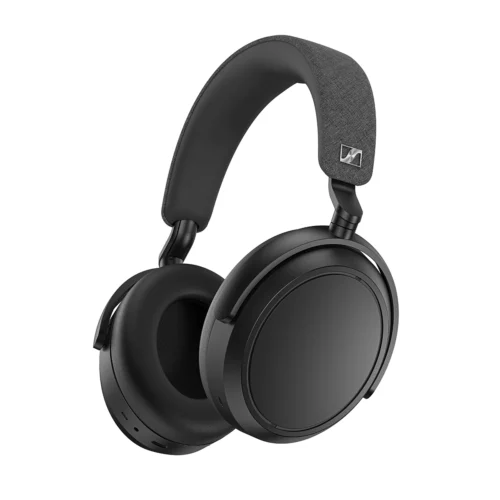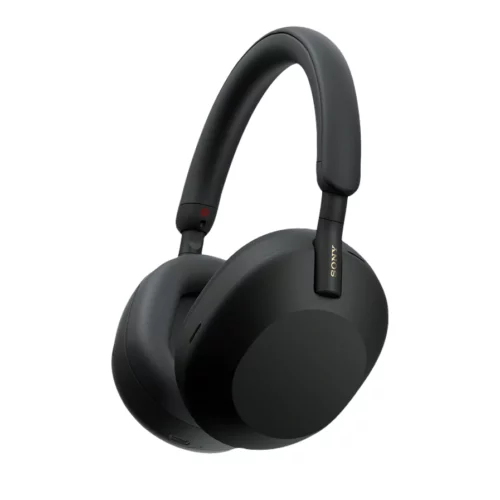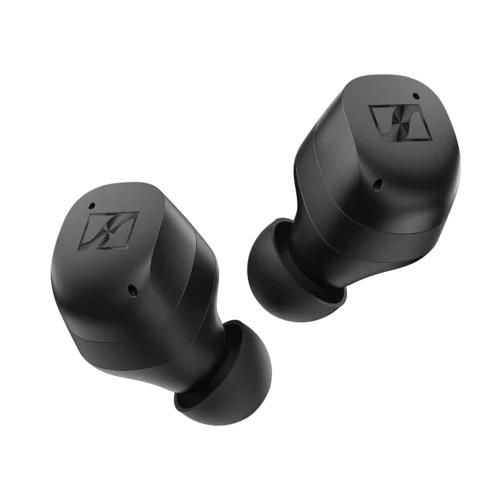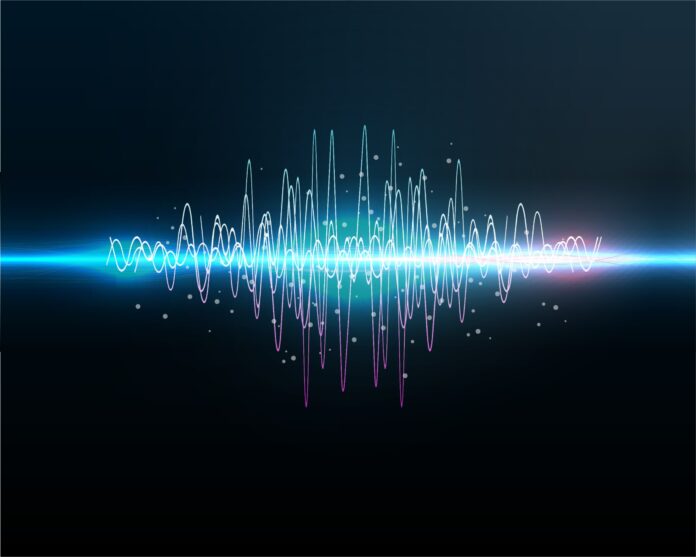By this point, the average audio consumer is probably familiar with Active Noise Cancellation (ANC). But those who have yet to try out the technology may be wondering how it works or if it even works at all. So, we’re here to answer the most common questions about active noise-cancellation and what the technology can and cannot do for your headphones.
How Do Active Noise-Cancelling (ANC) Headphones Work?
Phase Cancellation
With the risk of oversimplifying this technology, ANC employs the principles of physics, namely, “phase cancellation“, to achieve its desired effect. Basically, sound generates through waves, causing movement in air particles. These waves travel through the air, eventually reaching your ear canal and vibrating your eardrum. However, when a sound wave encounters another wave of the same frequency but opposite amplitude, they nullify each other, effectively “cancelling noise”.
The Magic of Microphones
So, to achieve ANC, little microphones are positioned inside or outside the earcups of headphones. These microphones capture incoming sounds directed towards your ears and reproduce the opposite phase of the captured sound through the headphone drivers. As a result, the counteracting forces effectively reduce wave movement, minimizing any ambient sound that enters your ear.

Does ANC Really Work?
ANC and Low Frequency Sounds
Before buying an ANC headphone or earbuds, it’s probably important to understand the capabilities and shortcomings of this technology. In general, active noise cancellation is most effective in reducing lower frequencies of sound. This is because lower frequencies produce longer waveforms, making it easier to align them accurately. Conversely, at higher frequencies (which have shorter waveforms), alignment of waveforms is harder, leading to feedback issues. As a result, many active noise-cancelling headphones exhibit a decrease in effectiveness as we move up the frequency range.
Because of this limitation, ANC headphones are best suited for low, dull rumbling sounds like airplanes and trains. So, don’t expect to drown out faster, higher-pitched frequencies, like the ones coming from your nagging mother-in-law. Yes, you’ll still hear computer keys typing, people coughing, and even the tinkle of someone going in he bathroom next to you. Sorry folks, that’s just the reality until newer technology improves it. And apparently, it’s on its way.

Not all ANC is Created Equal
Unsurprisingly, the ANC effectiveness of a headphone most often depends on how much money you spend. Usually, a headphone under $150 is going to give you inferior ANC technology to a pricier model like the Sony WH-1000XM5 (shown above) or Sennheiser Momentum TW 3 (below), which are famously known for their powerful noise cancellation capabilities. So, just keep in mind that you get what you pay for. And though things will probably change as the technology evolves, I have yet to hear highly effective ANC on any headphone or earbuds under $200.

Extra ANC Features
In general, as the price of an ANC headphone increases, so does its features and functionality. Many ANC headphones, like the Sennheiser Momentum 4, offer accompanying apps that let you adjust ANC levels depending on the environment or situation you are in. Most ANC headphones also offer an “ambient mode,” that has the opposite effect of ANC by amplifying the sound from one’s surrounding environment. And this is handy in office settings when you want to be aware of your boss, or in places like coffee shops where you need to have a quick interaction.
Are ANC Headphones Bad for Your Ears?
Finally, there’s no evidence proving that ANC headphones do any damage to your ears. However, some people complain of a pressure build-up in the ear canal, similar to that feeling you get in an airplane. I have run into this issue myself, but it tends to only happen on very “high-strength” ANC settings. And this is another reason why some headphones come with apps that allow you to adjust ANC levels.
Compare the ranking of various headphones, earbuds and in-ear monitors using our tools.
Discuss this, and much more, over on our forum.
---MAJORHIFI may receive commissions from retail offers.















